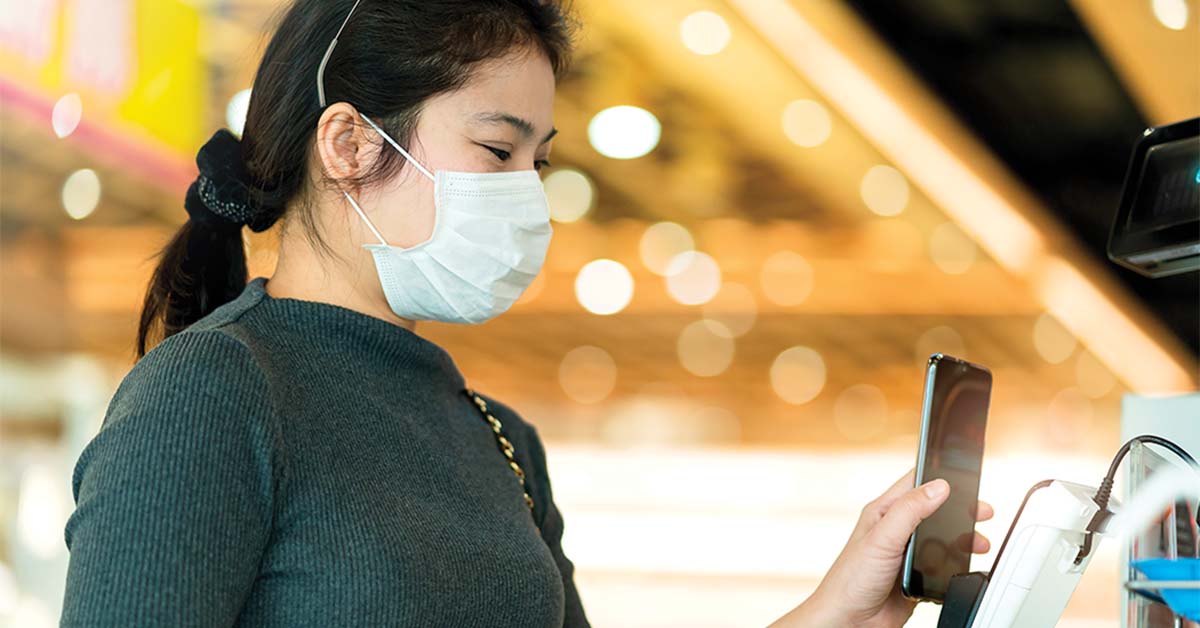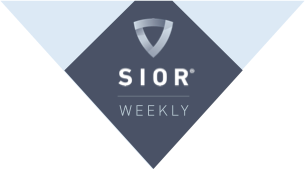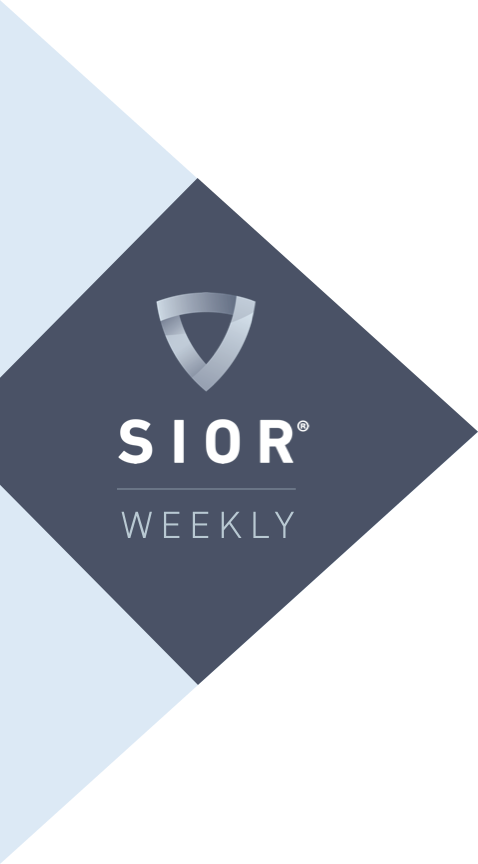Providing Valuable Tools for COVID-19 and Beyond
Since the beginning of the pandemic, the emergence of new touchless technologies has been a godsend for essential businesses and medical facilities, as well as for employers trying to navigate a safe return-to-work (RTW) strategy for their employees. Innovations such as thermal imaging temperature screenings, occupancy level tracking software, and secure building access using smartphones have given employees a degree of assurance that reasonable safeguards are in place in their work environments.
Even as the deployment of vaccines provide hope, those technical innovations will be key components as the world grapples with how to adjust to a “new normal.” A poll conducted by touchless screening system provider Evolv Technology and The Harris Poll in November 2020 indicated that 83% of the 1,500 adults surveyed (including parents of school children, attendees at ticketed events, and warehouse/distribution workers) said they were concerned not only about COVID-19, but also about the rise of mass shootings in the U.S. (661 in 2020 despite the lockdowns) and other forms of social violence. However, with new innovations in security and health touchless technology, “We find that 87% are likely to return to facilities and venues if there was a touchless security screening, and 85% are likely to return if there's some sort of walkthrough body temperature measurement,” said Erica Parker, managing director at The Harris Poll.
TOUCHLESS TECHNOLOGY
So what exactly is touchless technology? Proxyclick, a cloud-based visitor management solution that provides visitor registration, badge printing, and reporting for large and small companies worldwide, defines touchless technology as “any device that you can use or operate without needing to touch it. Standard human-machine interfaces in this niche include camera-based gestures, proximity-enabled screens, voice recognition, and eye-tracking tech.” And while many of the applications are straight out of 20th century science-fiction movies, the definition also includes more pedestrian devices, like motion-activated lighting and paper towel dispensers.
Visitor management software companies like Proxyclick and Envoy were able to adapt quickly to provide protocols for client companies when the pandemic hit. Such adaptations included employee health questionnaires that pre-screen for symptoms and workplace contact tracing, as well as enabling organizations to enforce density and social distancing policies to comply with local regulations. But the value of the software extends well past its COVID-19-related benefits, as it streamlines the visitor experience in commercial spaces while improving physical building security. The applications let employees, contractors, and visitors check themselves in and out using QR codes on their smartphones (or badges or key fobs), alerts team members when their guests/contractors arrive, and allows key documents such as NDAs or waivers to be signed ahead of time or at a touch-free kiosk upon arrival.
INCONSISTENT IMPLEMENTATION
As beneficial as the technology has been for many companies, adoption has not been universal, perhaps due to the low numbers of employees that have actually returned to the office to date. Tripp Guin, SIOR, principal of Tripp Commercial in Charlotte, N.C., says that he is seeing a number of adjustments in the COVID-19-era workplace, such as foot-operated doors, directional signage on floors, clear acrylic sneeze/cough guards, and a re-arrangement of desks to accommodate social distancing, but little in the way of touchless technology, even in a major market like Charlotte. “Tenants are inquiring about COVID-19-related preventative measures such as HEPA filters and central air filtration systems when touring prospective space, but they’re not requiring them as part of the deals as of yet,” says Guin. “I’ve done quite a few renewals since March of 2020, as well as a couple of relocations for office, flex space, and industrial users, and even though touchless is being discussed, it’s not been a requirement. Then again, I’m an [independent] broker so I’m not working that often with Fortune 500 companies.”
Read the full article in the Summer 2021 issue of SIOR Report now!
Related Articles:










